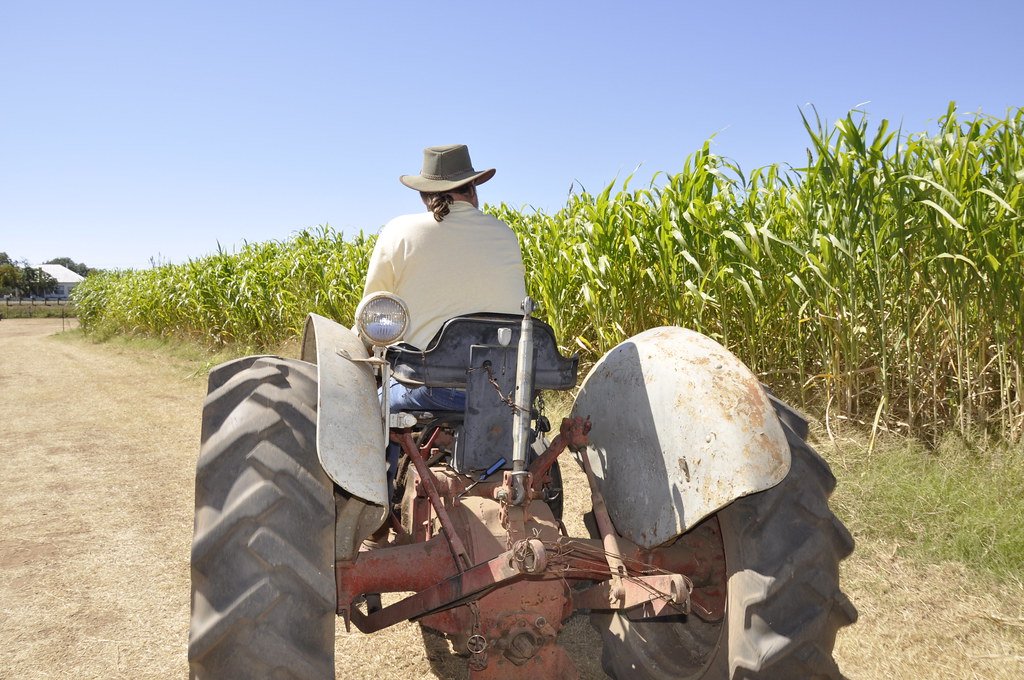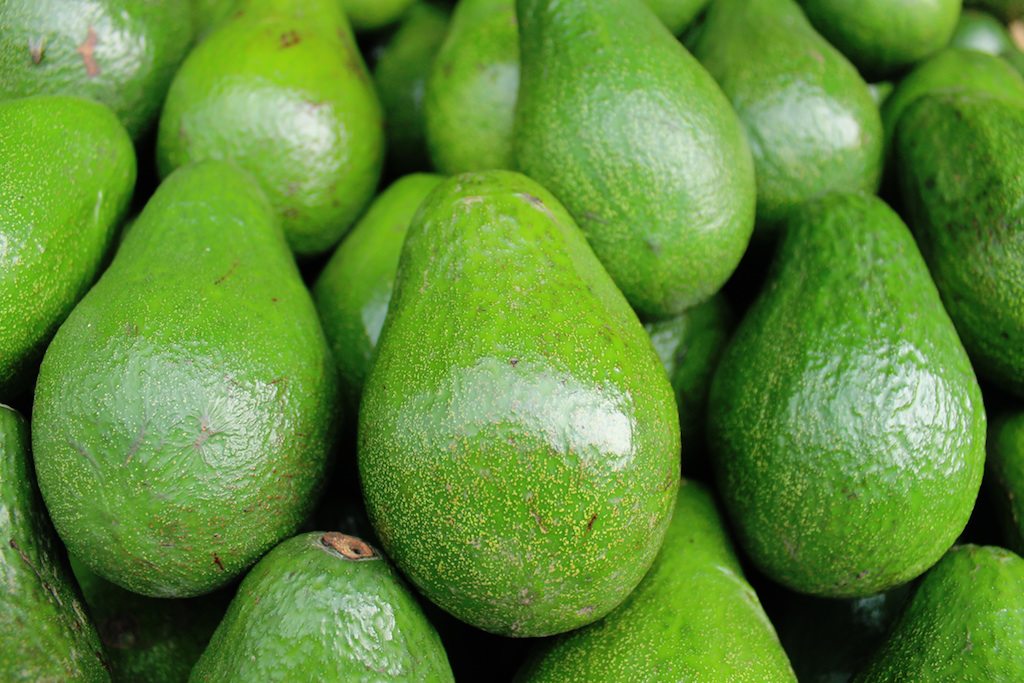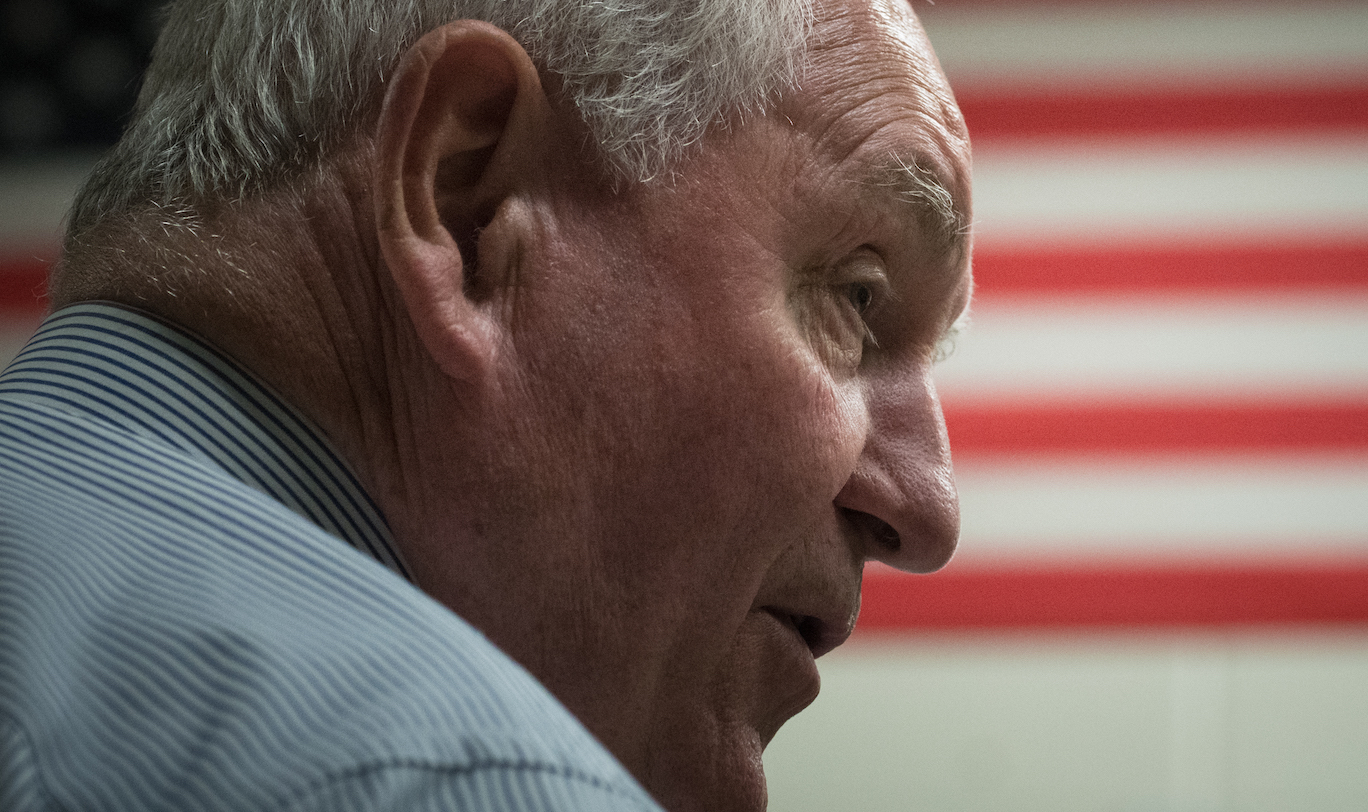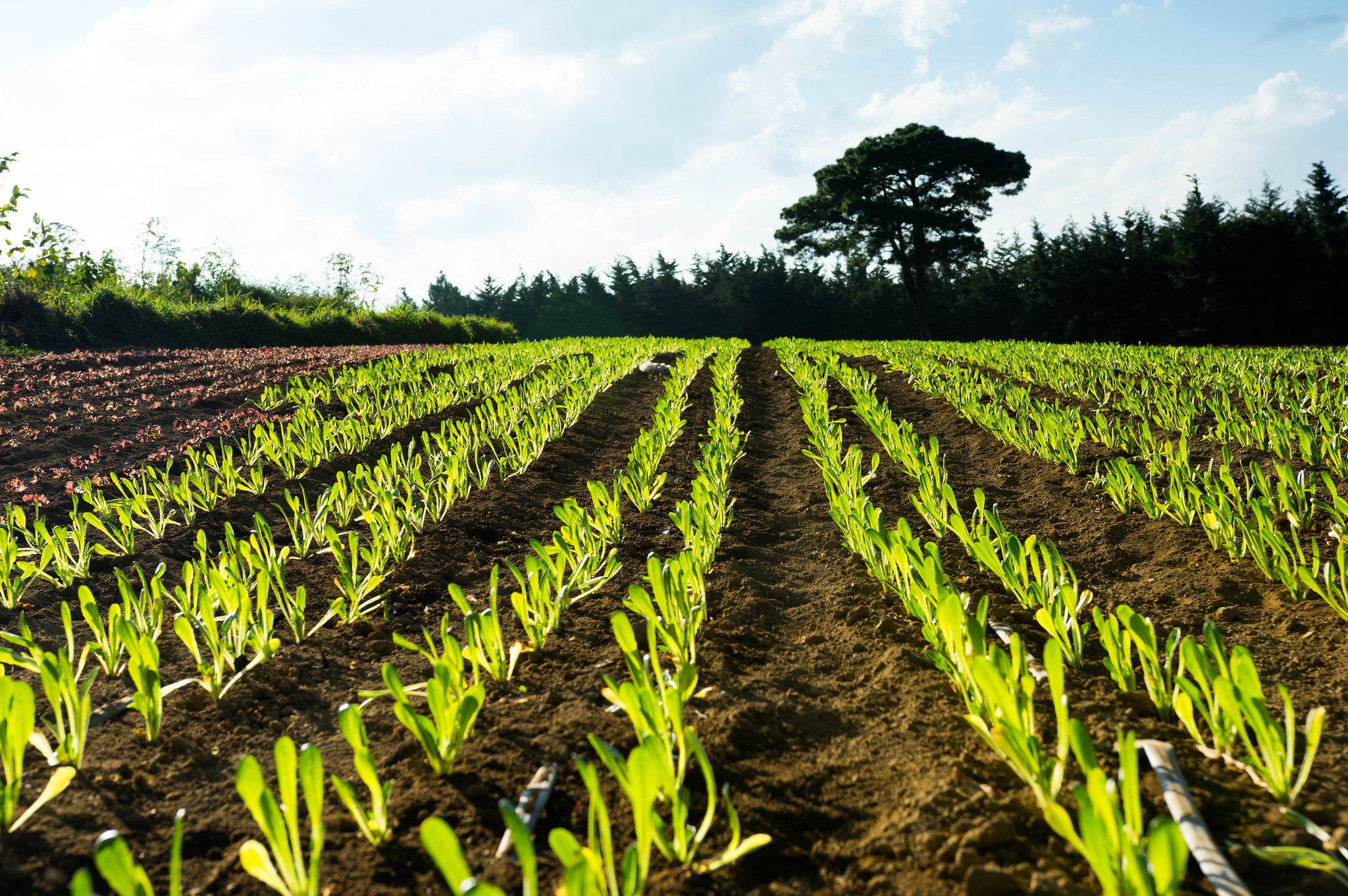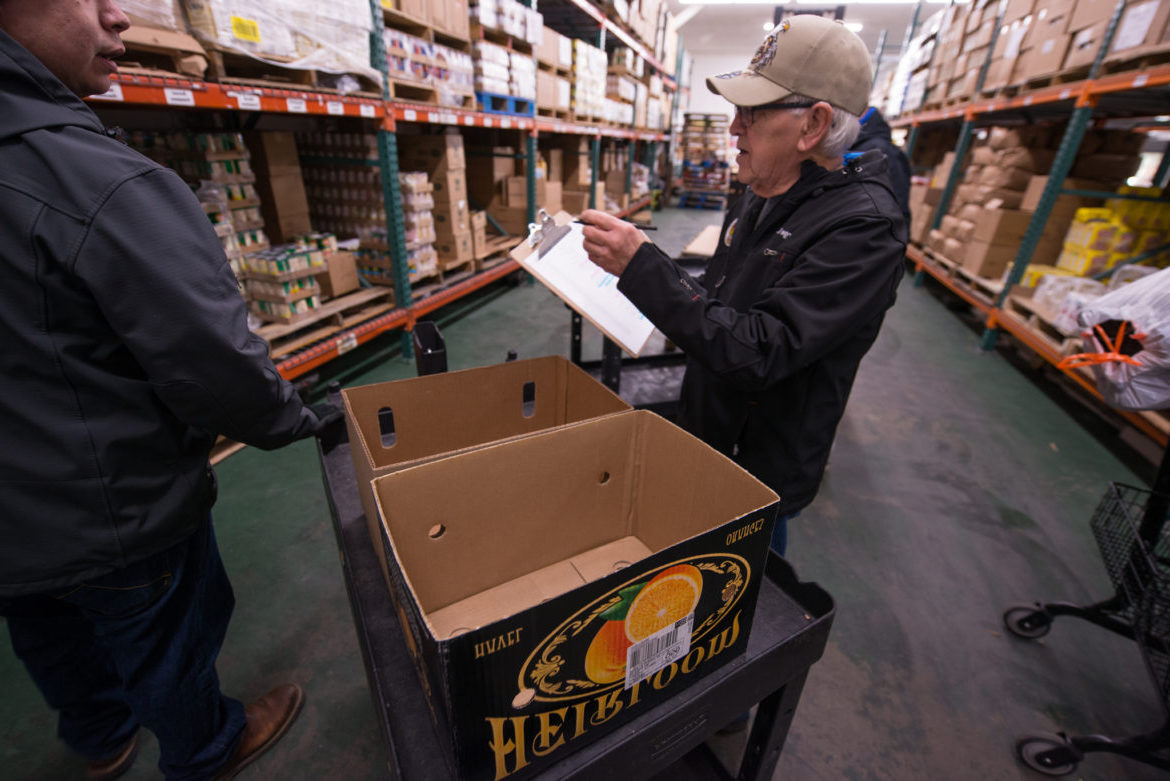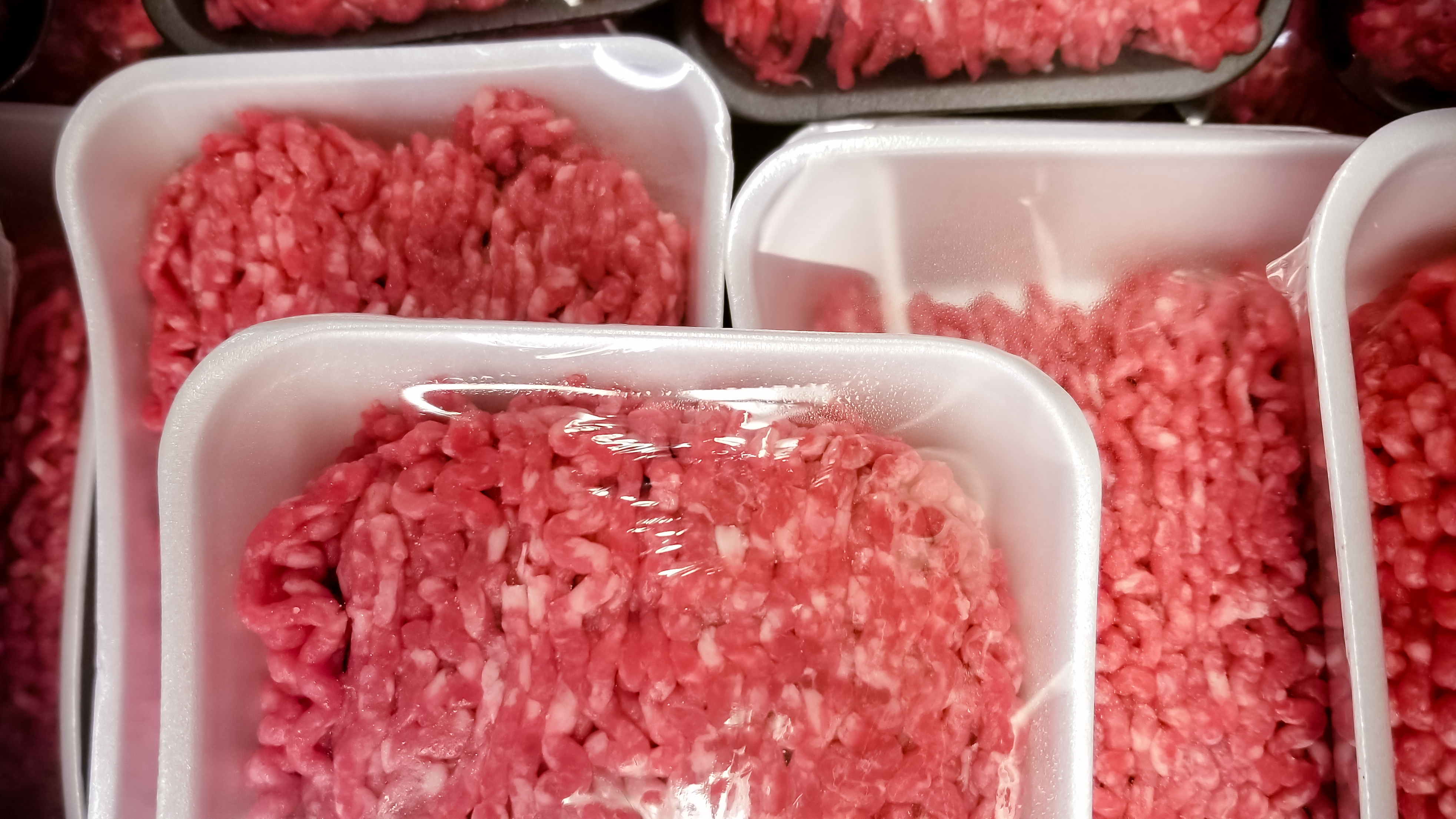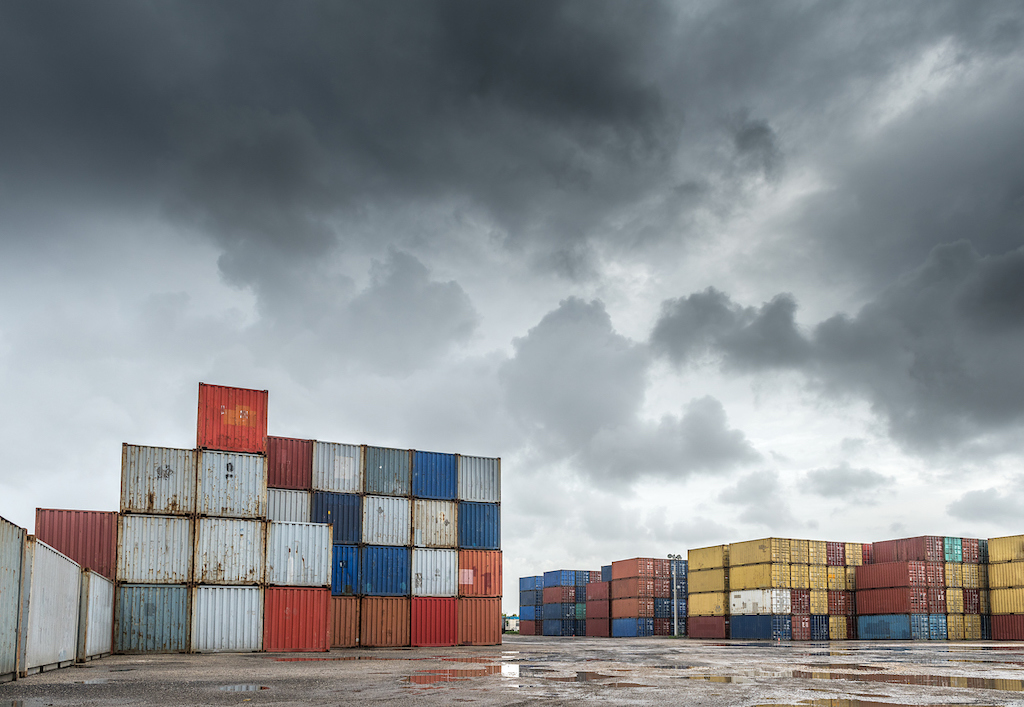
CHUYN/iStock
Update: After we published this story, the USDA updated its payment figures. Farmers have received $8.52 billion in aid as of May 15, 2019.
The stock market had its worst day in months Monday, as China announced plans to raise tariffs on $60 billion worth of American goods including beer, wine, and frozen spinach. These new plans are a direct response to President Trump’s announcement last week that he would raise tariffs on $200 billion worth of Chinese imports.
Last Thursday, as fears of a trade war escalation swirled, Vice President Mike Pence said the administration was considering an additional round of aid for farmers impacted by the tariffs. President Trump seemed to confirm this sentiment on Monday when he told reporters at the White House that farmers would receive an additional $15 billion in aid.
If the administration stays true to its word, the new round of aid would put the total cost of the farm bailout at $27 billion. Still, farmers and members of Congress have called the money a “Band-Aid” solution. Others argue that the aid is being distributed inequitably.
Last summer, the Trump administration unveiled a $12 billion trade aid package meant to insulate farmers from some of the worst impacts of the tariffs. Most of it was designated for direct payments to farmers, and some of it was earmarked for commodity purchases that will be used for emergency food aid and school lunch programs. The lion’s share of the direct payments went to soybean farmers. As of late February, about $7.7 billion of the promised $12 billion had been disbursed, Reuters reports.
As we’ve reported in the past, the first round of aid has not solved the problems plaguing the agricultural sector. Soy exports to China plummeted last year, and the resulting soybean surpluses are difficult to manage. By March, the USDA had purchased just 11 percent of the commodities it promised to buy.
It’s unclear how the potential bailout money might be spent, or whether it will ever materialize. (USDA trade undersecretary Ted McKinney seemed to anticipate public skepticism with some hasty reassurances this morning.) In the meantime, the new tariffs are scheduled to take effect in the beginning of June.


